British Leyland failure or not?

British Leyland was an automotive manufacturing conglomerate founded in the United Kingdom in 1968. Later, the British state became a major shareholder and British Leyland controlled a large part of the British car industry with brands such as Jaguar, Rover, Land Rover and Mini. Car designer Niels van Roij looks in the rear-view mirror and sees one of the many British Leyland failures. Or is the Rover SD1 not after all?

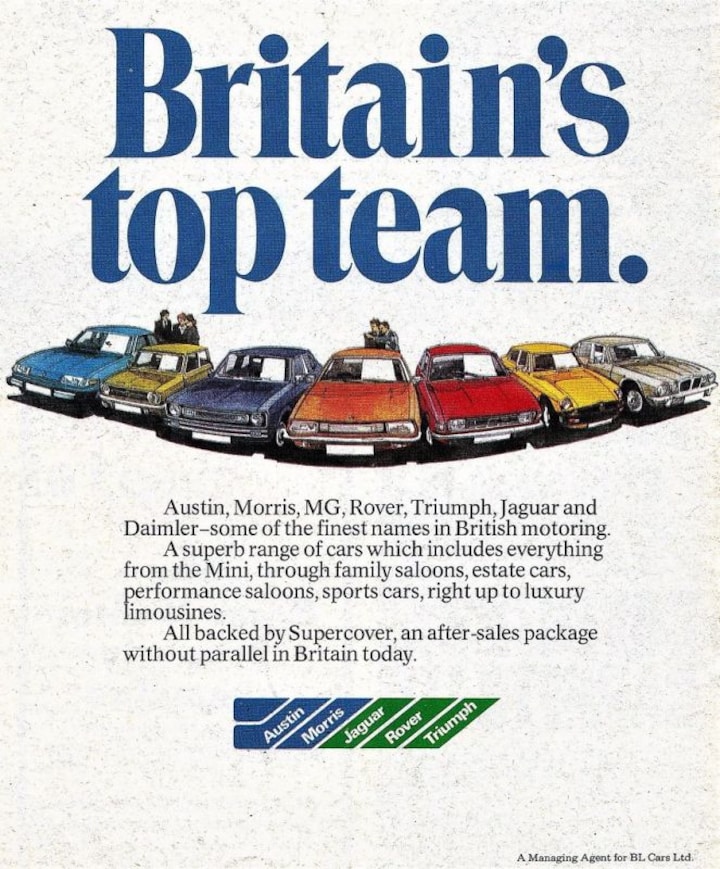
The Rover SD1 rolled out of the British Leyland factory in 1976. This was the culmination of a new joint project between Rover and Triumph. The SD1, or Specialist Division 1, the sports and luxury division set up by British Leyland, was a large executive car developed to replace both the Rover P6 and the Triumph 2000.




Development of the SD1 design was led by David Bache. The design team was clearly inspired by the Ferrari Daytona. The proportions, the roofline and the positioning of the wheels in the body have similarities. The surfacing and the indentation that runs halfway through the body from front to back and even the graphic outline of the headlights and front indicators are also strongly reminiscent of the Italian exotic.

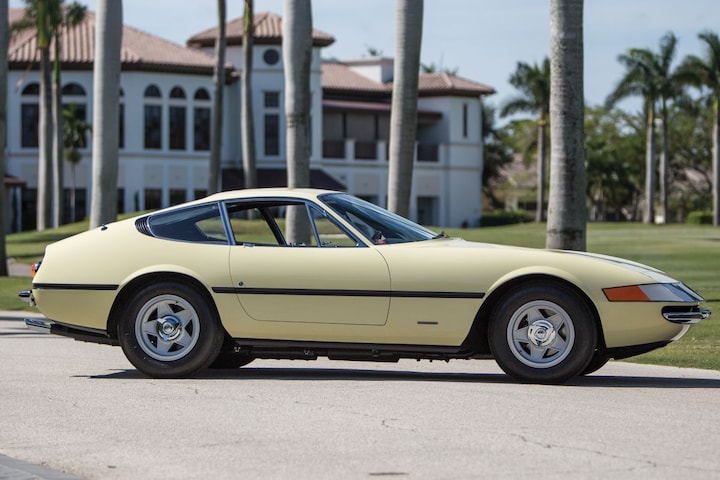
Immediately after its introduction, the SD1 sold well and the car also claimed the prize for European Car of the Year in 1977. Racing successes were also achieved. That went well.
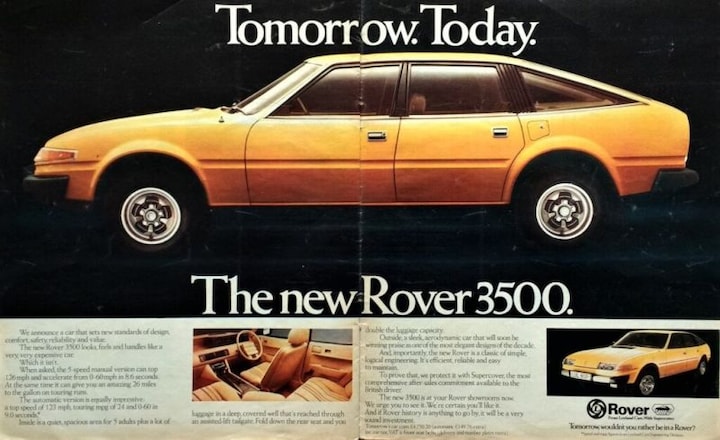
Naturally, these early successes were hampered by British Leyland’s now infamous reputation for quality and reliability, both of which are not entirely unimportant aspects. The English appeared to have completely forgotten this during the engineering of the beautifully drawn body.

Rover continued to develop the SD1 over the course of the ten-year production period, culminating in the fast Vitesse in the late 1980s. At the time, large sedans were not exactly known for high performance. It wasn’t until two years later that BMW released its first M5. When Rover decided to develop a high-performance and potent version of its SD1, it was seen as a radical idea at the time.
The start of the sporty SD1 project began when the engine power limit for the Group 1 British Saloon Car Championship was increased from 3.0 liters to 3.5 liters in 1980, especially when motorsport and engineering company Tom Walkinshaw Racing was involved , the racing successes came through. The track cars were a lot closer to the asphalt, which greatly helped the Rover aesthetically.
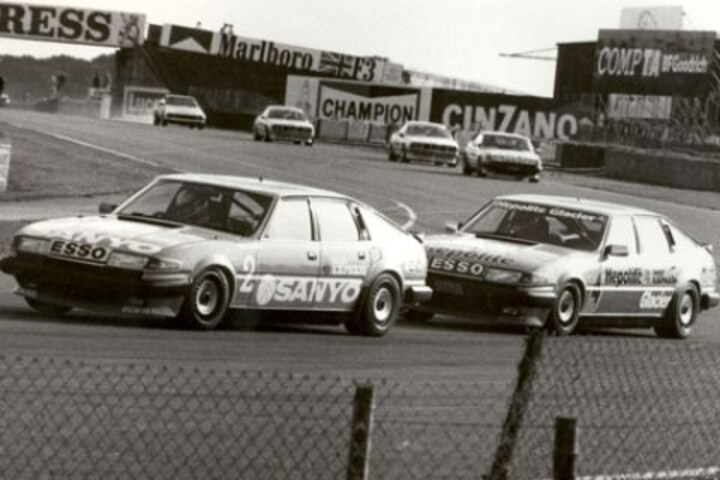
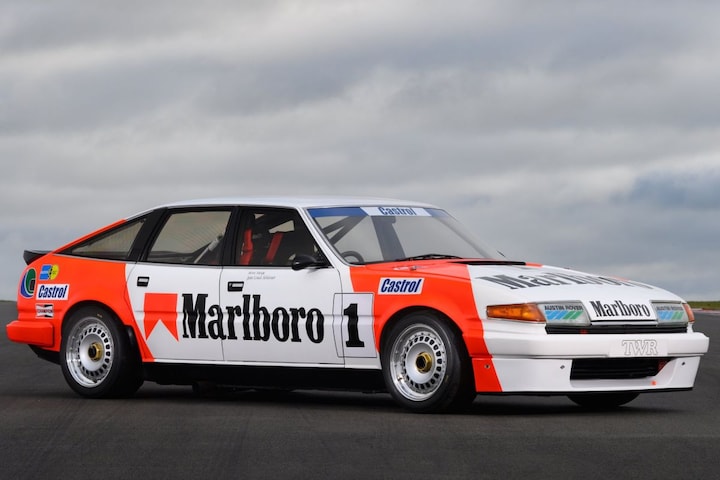
Rover was convinced: a performance variant of the SD1 is what the public wants. The aim was to make the car competitive with BMW’s 535i and restore Rover’s stuffy image.
The exterior and interior design was provided by the Rover Solihul Design Studio. Notable updates included the addition of large front and rear spoilers. They gave the Vitesse an aggressive aesthetic and reduced both air resistance and consumption and also provided an increase in downforce.
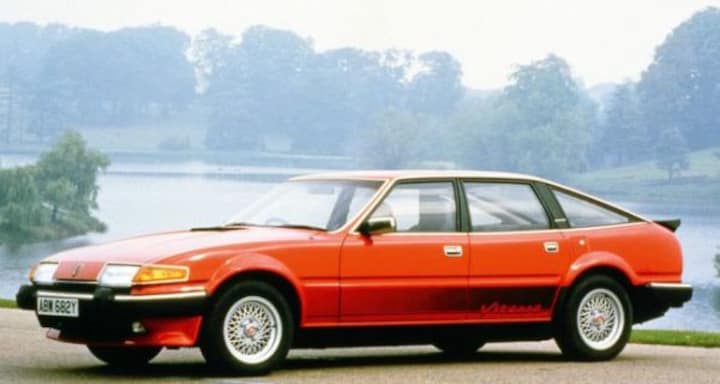
An important new addition were the alloy spoke wheels with low-profile tires. They suited the SD1 well. Various styles of alloy wheels were evaluated during the redesign process. The design team ultimately settled on the 15-inch multi-spoke design, inspired by the Borrani spoke wheel used by Ferrari until the early 1970s. Even the wheels were part of the Ferrari connotation to give a sporty look to the design.
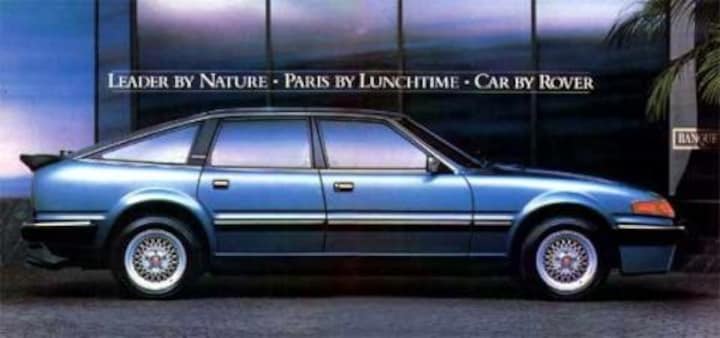
The Vitesse ultimately did not become the sales success that Rover had hoped for. The car did succeed in improving Rover’s image – regardless of the quality problems – and the model proved that luxury sedans can be exciting. Many manufacturers later followed this recipe, but they screwed their cars together properly. What Rover did better with the SD1 and Vitesse than later with the 75 was – albeit with an eye to Ferrari – looking into the future. It could have been so beautiful…

– Thanks for information from Autoweek.nl